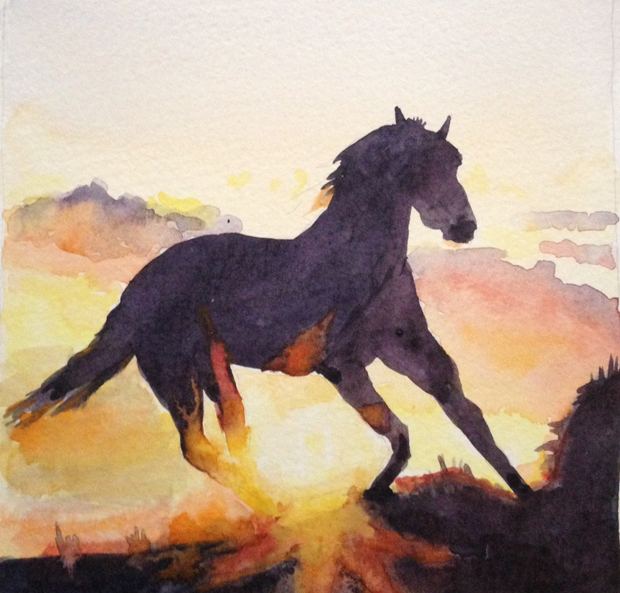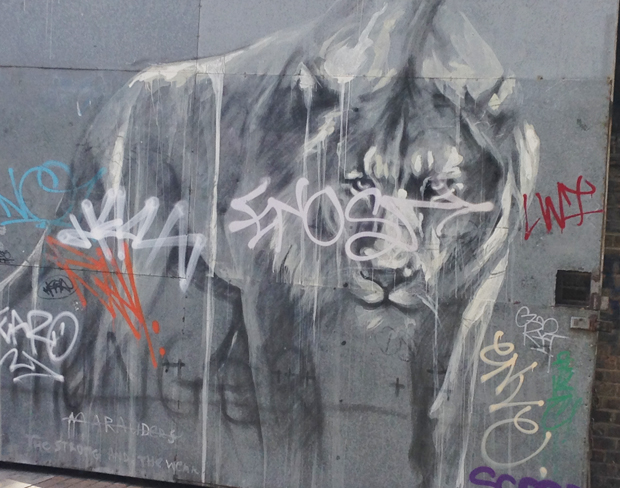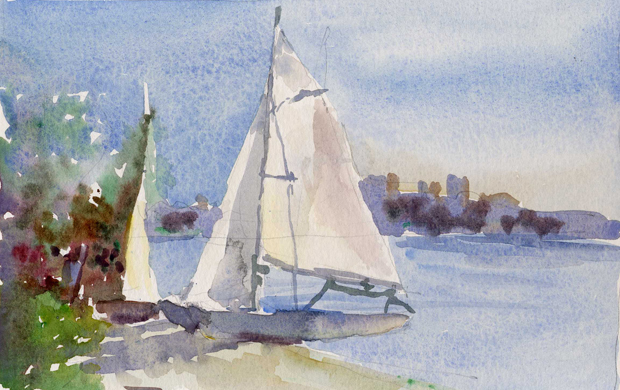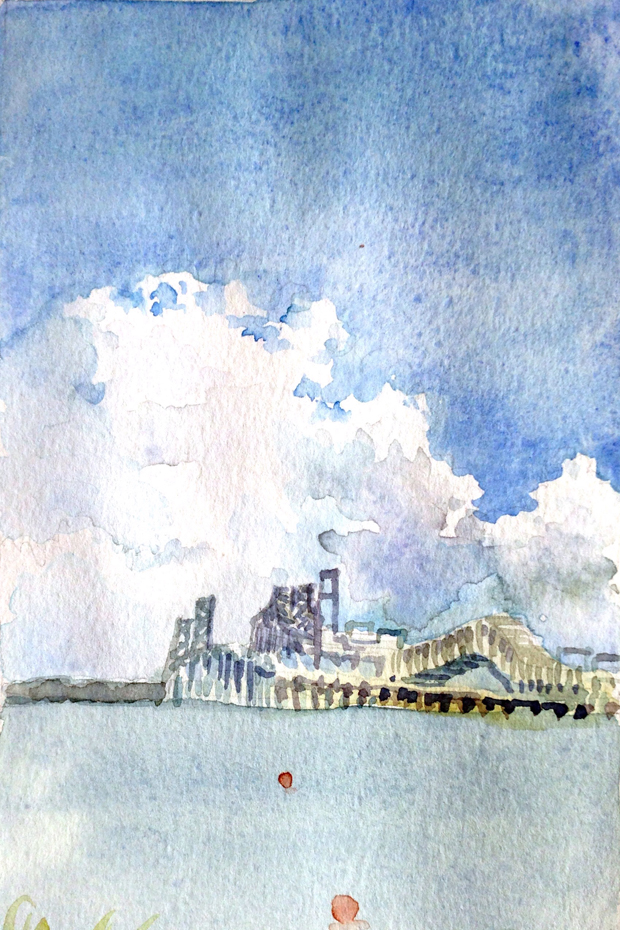 In the final two chapters of his exquisite book, Becoming Animal, David Abram unleashes a series of simple and brilliant observations and proposals for a way forward. One point he makes is that when Copernicus, Kepler and Galileo discovered that the earth is not fixed after all, but rather orbits a fixed sun, the senses were increasingly derided as deceptive and untrustworthy. It was thought that our observations had led us astray into primitive and naïve beliefs about our place in the cosmos, and therefore about ourselves.
In the final two chapters of his exquisite book, Becoming Animal, David Abram unleashes a series of simple and brilliant observations and proposals for a way forward. One point he makes is that when Copernicus, Kepler and Galileo discovered that the earth is not fixed after all, but rather orbits a fixed sun, the senses were increasingly derided as deceptive and untrustworthy. It was thought that our observations had led us astray into primitive and naïve beliefs about our place in the cosmos, and therefore about ourselves.
It’s true that oral, place-based, indigenous cultures did rely on the body’s perceptions of, for example, the way the sun left the sky and traveled beneath (within) the depths of the earth at night, reemerging in the morning to begin anew its daily transit of the sky. This observation kindled a relational understanding of the fire that is visible in the sky being in league with the fire that is within us. They understood through direct experience that the gravitational pull of the earth on our body is the same attraction between the sun and the earth. Are these two ways of perceiving mutually exclusive? Continue reading









